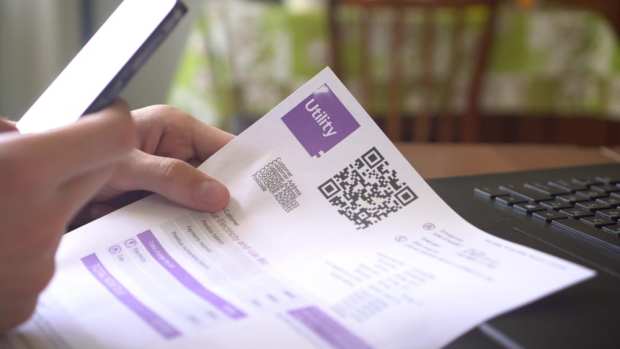Deep Dive: How Billers Can Offer More Compelling Automatic Payment Experiences

Winning over new customers is often a costly endeavor for merchants, and those that have gone through this effort often want to extend their customer relationships for as long as possible. Providers of subscription services and utilities depend on long-term customer bases that they bill at regular, recurring intervals. Businesses may find such sales models compelling because they offer more predictable incomes, but getting the most out of these strategies depends on how easy it is for customers to pay.
Merchants that use legacy methods to deliver paper bills in the mail each month have to hope customers will send back checks in a timely manner or pull up online payment portals to finish the transactions. The number of steps could leave merchants waiting for overdue payments if shoppers misplace bills or forget to pay. A September 2020 global online survey of 1,725 consumers found 60 percent had failed to pay on time — or at all — at least once simply because they forgot. Accidental nonpayments can quickly eat into merchants’ bottom lines.
Pain points like these can make companies eager to offer — and encourage customers to try — automatic bill payment options that take the burden of remembering to pay off of subscribers. Consumers who use automatic methods that make the recurring payment process invisible are therefore spared the inconvenience of handling these transactions each billing cycle, and such solutions can help businesses get paid on time.
This month’s Deep Dive examines consumers’ interest in automatic bill pay and explains how the option to select preferred methods for funding these transactions — such as charging them to debit cards — can influence their choices.
The State Of Automatic Bill Payments
Merchants that regularly bill customers can receive a variety of benefits from shifting them onto autopayments, but persuading consumers to make the switch is not always easy. Billers need to start by first getting customers comfortable using digital methods for receiving and paying bills, and only then can sellers encourage customers to make those payments automatic.
The aforementioned survey found that paperless billing and online bill payments had stronger footholds among consumers than autopayment options. Forty-five percent of consumers used online methods to pay at least six monthly bills, and 32 percent received digital statements for all their recurring bills. Only 13 percent had adopted autopay for all of their bills, however. This indicates that firms may need to put in renewed effort to persuade consumers to take the next step and automate.
Preferences varied across demographics, and younger consumers appeared more receptive to automatic bill payments. Fifty-one percent of 18- to 29-year-olds in the survey said that the majority — or even all — of their bills were handled through autopay, as did 45 percent of consumers aged 30 to 44. Only 33 percent of those between 45 and 60 years old and 32 percent of those age 61 and up paid most or all of their bills automatically. Such findings could inform how sellers tailor their messaging and education efforts regarding this payment option.
Some changes to the automatic bill pay experience might help the service appeal to more consumers. Eight percent of respondents said security concerns discouraged them from using automatic payments. This could mean that sellers that can improve their security or better inform customers of the security steps they are taking may be able to win over more automatic payment users.
It is important to note that 79 percent of consumers who did not use automatic payments said they preferred using manual payments. Appealing to those who just do not want to use automated services is more challenging. Businesses seeking to entice greater autopay use may therefore need to explore factors that matter to their customers and creatively discover how they can craft the experience to better appeal to holdouts while also ensuring automatic bill pay stays sticky with existing users.
Payment Preferences
Sellers may want to examine how they are enabling customers to be charged each month when using automatic payment features. Shoppers have demonstrated considerable interest in the payment options given to them, after all.
Another global study surveyed 415 consumers about their use of subscriptions and found that being able to select their preferred payment method was crucial to consumers’ decisions on whether or not to subscribe. Seventy-three percent said they checked whether they could use their favored payment method before choosing to subscribe. Only one other consideration — cancellation at any time — was highlighted by more respondents (79 percent). The significant weight put on payment options makes it essential that businesses understand where their customers’ preferences lie. Sixty-nine percent of the respondents — who were from 50 different countries — said that they preferred debit or credit cards, followed by 46 percent who liked mobile and digital wallets and 10 percent who wanted direct debit. The other respondents selected local payment methods and cryptocurrencies.
Automatic bill payment options can ease cash flow worries for sellers concerned that customers will forget to pay on time and can offer smooth, invisible transaction experiences for subscribers. Not all customers are ready for this transition, however, and billers that want to convince more consumers to give it a shot are making offerings as compelling as possible. Easy, secure digital experiences and desirable payment offerings could make all the difference.

